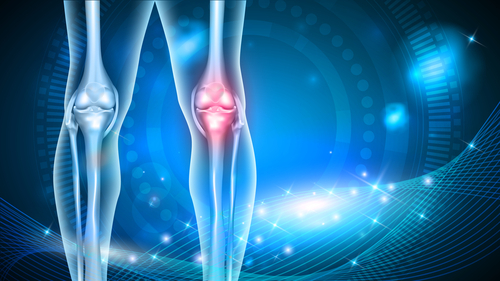Working Indian population at growing risk of osteoarthritis
ANI May 28, 2018
Osteoarthritis is the second most common rheumatologic problem and the most frequent joint disease with a prevalence of 22 percent to 39 percent in India.

Clinical data indicates that more than 20 percent of osteoarthritis patients are in the age group of 45 to 50 years. It is important to note that patients below 50 years of age belong to the working population. Therefore, the condition has severe socio-economic implications. “Osteoarthritis develops when the cartilage - the cushioning surface in the joint, wears away. This leads to the bones rubbing against each other, causing pain, swelling and stiffness. With a significant drop in physical activity and rise in obesity, the disease is catching up speedily with the working population,” said Dr.J. Maheshwari, Max Smart Super Speciality Hospital.
Treatment Options
- Early Stage: Preliminary treatment options for knee arthritis include medication, dietary changes, maintaining a healthy body weight and incorporating suggested physical activities in daily routine. These lifestyle modifications can help relieve pain, help increase mobility and delay disease progression.
- Advanced Stage: Once the disease progresses and joints get damaged beyond restoration, patients should discuss Total Knee Replacement (TKR) surgery as a treatment option with their doctor. A TKR surgery is performed with a goal to relieve pain and increase knee function.
“Patients and caregivers should discuss everything about the surgery and the implant with their doctor, before undergoing a TKR surgery. They should be mindful of the quality of the implant and its global acceptance. Any trusted implant would be backed by robust clinical evidence and would have a long survivorship rate - a key indicator of the long life of the knee implant. The higher the survivorship, the lower are its chances of failure or a revision surgery,” said Dr. Yuvraj Kumar, QRG Health City, Faridabad.
The World Health Organisation (WHO) states that 80 percent of osteoarthritis patients have limitations in movement, and 25 percent are unable to perform routine activities. Timely detection of osteoarthritis is the key to effective management, especially amongst younger patients.
-
Exclusive Write-ups & Webinars by KOLs
-
Daily Quiz by specialty
-
Paid Market Research Surveys
-
Case discussions, News & Journals' summaries